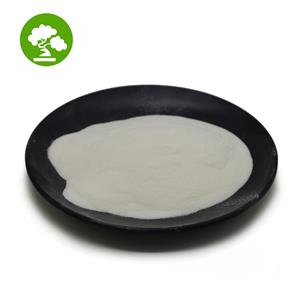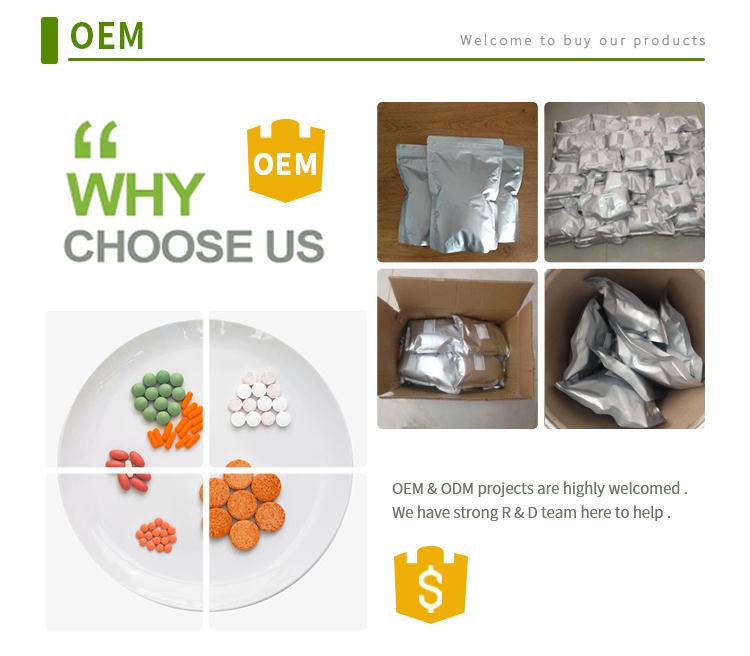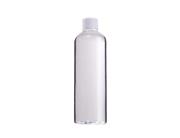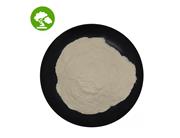Clofarabine, a nucleotide analogue that combines the advantages of Fludarabine and Cladribine, inhibits both DNA polymerase and ribonucleic acid reductase, and is currently the only drug suitable for the treatment of childhood leukemia. Studies have proved that the treatment effective rate is very high, the total response rate of patients who did not respond to two conventional chemotherapy is 31%; Moreover, the patients were well tolerated and had no unpredictable adverse reactions. It has potential broad-spectrum antitumor properties.
Pharmacological action
Clorabine combines the advantages of Fludarabine and Cladribine to inhibit both DNA polymerase and ribonucleic acid reductase. It showed strong anticancer activity against different cell lines and tumor models. Early studies have shown that the concentration of this product below micromole can effectively inhibit the proliferation of human CNS tumors, lung cancer, kidney cancer, leukemia cells and melanoma cell lines. In vivo and in vitro experiments have shown that Crorolabine has apoptotic effect on leukemia cells. This effect is achieved by down-regulating the dephosphorization of BCL-2 group proteins BCL-X and MCL-1 and AKT. Its inhibitory effect on human leukemia cells K-562 was stronger than that of latabine and fludatrebine, with IC50 of 5nmol/L, while the IC50 of clatrebine was 16nmol/L and that of Fludatrebine was 460nmol/L. Preclinical and combination trials have shown that clofarabine and other deoxynucleotide analogues, as well as other types of anticancer agents such as etoposide, can increase the activity of deoxycytidine kinase in normal or abnormal human lymphocytes and therefore increase the anticancer efficacy.
Adverse reactions and precautions
The common adverse effects of crorolabine are as follows: Blood system: leukopenia and neutropenia, thrombocytopenia, anemia are seen. Digestive system: lack of appetite, nausea, vomiting, abdominal pain, abdominal mystery; Stomatitis, gingival bleeding, sore throat. Nervous system: weakness, lethargy, headache, dizziness; Anxiety, depression; Easily irritated and excited. Cardiovascular system: Tachycardia, hypertension, hypotension, transient left ventricular systolic insufficiency, hypotension caused by any cause should be discontinued; Capillary leakage syndrome and systemic inflammatory response syndrome (SIRS) are occasionally seen in children and can be prevented by using hormones during the first 1-3 days of treatment. In the course of medication, once the above syndrome occurs, the drug should be stopped immediately and supportive treatment should be carried out in parallel. Once the condition is stable and organ function is restored, dosing can be restarted at a lower dose. Liver toxicity: reversible liver injury with elevated aspartate aminotransferase, alanine aminotransferase and bilirubin. Hepatomegaly, yellow gall. Respiratory system: Respiratory distress, cough, pleural effusion, etc. Genitourinary system: Hematuria, secondary hyperuricemia, elevated serum creatinine and creatine. Other: visible dermatitis, erythema; Muscle pain, joint pain; Fever, infection, etc.
[Precautions] Women of childbearing age should use contraception when taking drugs, and breastfeeding should stop breastfeeding. Low blood pressure, dehydration, liver and kidney insufficiency, bone marrow suppression secondary infection with caution. Crorolabine may cause tumor lysis syndrome and should be prevented.
Storage Condition | Keep in a cool and dry place |
Transportation | By Sea or by Air(DHL/UPS/TNT/FEDEX/EMS) |
Delivery Time | 7-28 days |
Payment | T/T, Western Union or Bitcoin |


 China
China

















